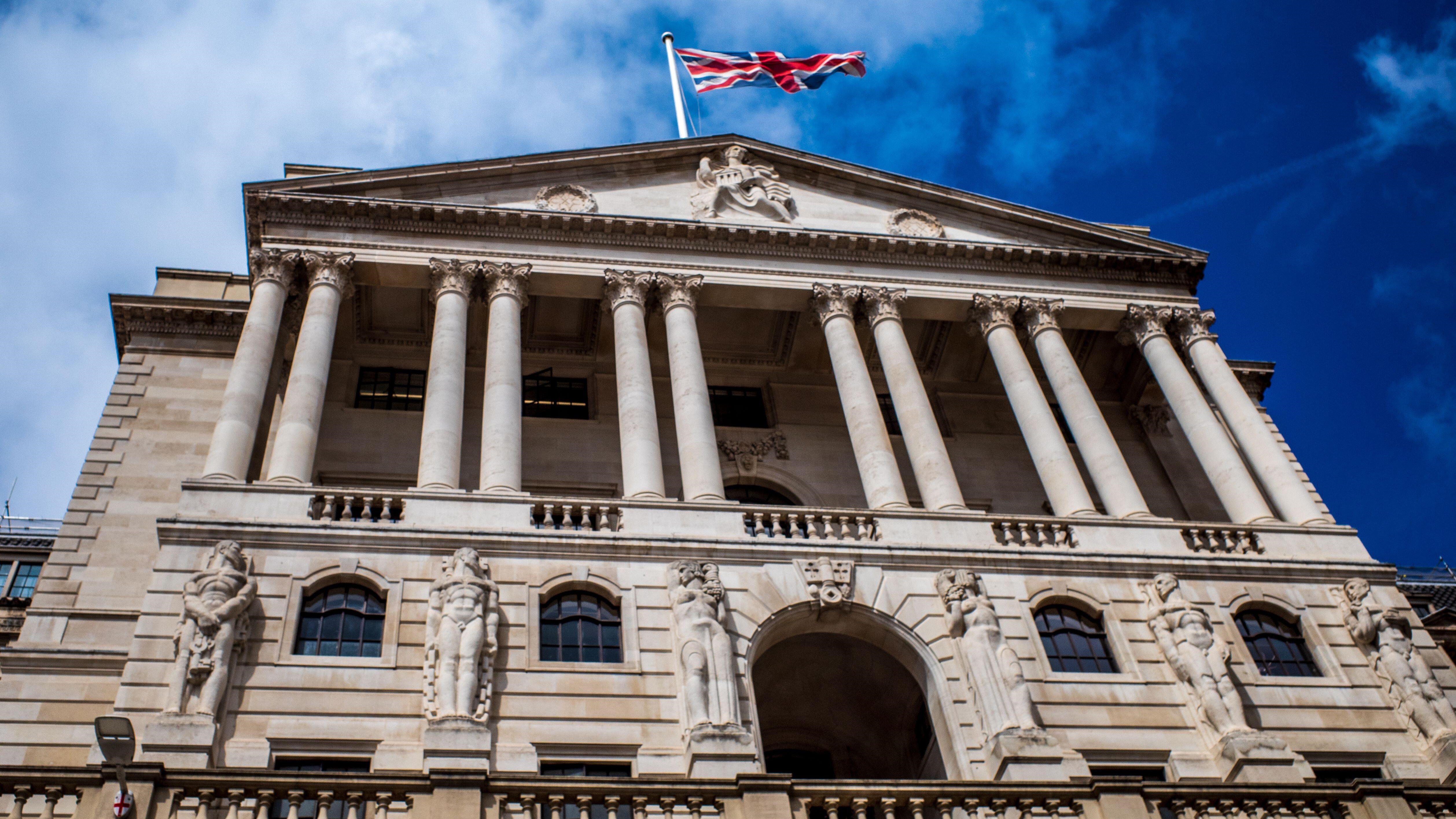There is increasing pressure on the Bank of England (BoE) to lower interest rates in February, following official data that revealed weaker inflation and sluggish economic growth.
The Office for National Statistics reported yesterday that economic output rose by only 0.1% in November, missing the forecast of 0.2%. However, this modest increase ended two consecutive months of contraction.
Growth was driven by the services and construction sectors, which counterbalanced a third straight monthly decline in manufacturing output.
Throughout the latter half of last year, expectations for the BoE’s rate cuts were gradually lowered, as the bank struggled to bring the consumer price index (CPI) down to its 2% target.
The CPI, which has remained above target for several months, decreased from 2.6% in November to 2.5% in December. This drop has intensified calls for the BoE to reduce the base rate from its current 4.75%.
Luke Bartholomew, deputy chief economist at abrdn, stated: “With inflation softening, the continued weakness in growth makes it more likely the Bank of England will ease rates at its February meeting.”
Thomas Pugh, UK economist at RSM UK, agreed, noting that the combination of weaker inflation and economic growth makes a February rate cut "a virtual certainty."
However, Pugh warned that the economic outlook for 2025 remains uncertain.
“There are valid reasons to expect growth to improve this year,” he said. “Government spending and investment announced in the Budget should start having an effect, and the early signs of a consumer spending recovery should persist.”
“But the slow start to the year increases the risk that 2025 may fall short of expectations.”
The latest forecasts from HM Treasury indicate that the City expects inflation and GDP growth to average 2.5% and 1.3%, respectively, this year.
Traders now anticipate between two and three quarter-point rate cuts in 2025, potentially bringing the base rate down to 4% by the end of the year

